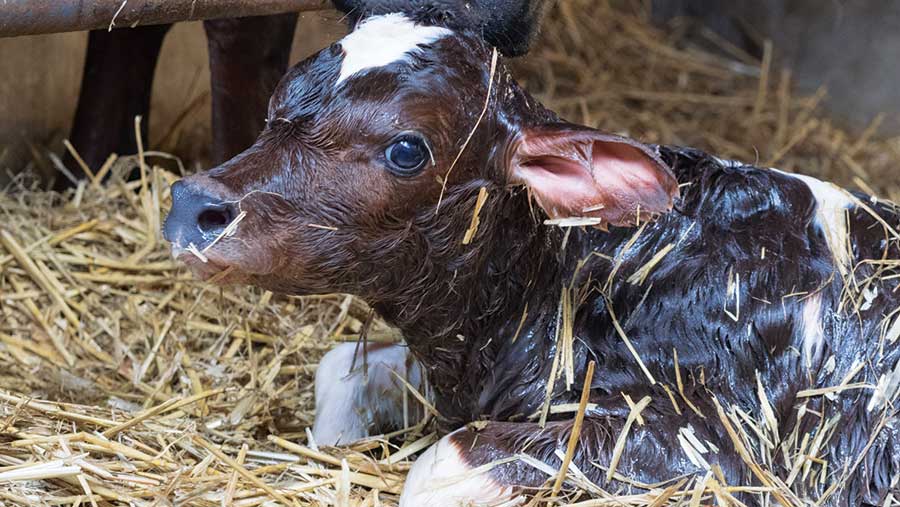7 common mistakes made at calving
 © Kathy Horniblow
© Kathy Horniblow Too many calves are still dying preventable deaths, according to leading dairy research centre, Moorepark, which says these losses could be avoided though improved management practices.
Vet Lucy Hepworth from Friars Moor Vets, says the main reasons for such deaths are calves being deprived of oxygen or calves being handled inappropriately.
See also: Step-by-step guide to avoiding losses at calving
Oxygen deprived calves are weaker and less able to absorb colostrum, which can lead to complications including scours and pneumonia.
Poor handling can lead to an increased risk of downer cows and cervical or vaginal tears, which could lead to infection and reduced fertility.
Ms Hepworth lists the most common mistakes often made on farm that can result in calf deaths:
1 Assisting too early and not waiting for the cervix to dilate.
2 Incorrect use of the calving jack leading to calf rib and spinal fractures and stress to calf and dam.
3 Serving a cow or heifer to an inappropriate bull leading to a large calf for the size of dam.
4 High stocking rates in calving pens making it stressful for animals to go through a normal calving process.
5 Incorrect body condition score – fat animals will need more assistance at calving and thin animals will struggle for energy.
6 Not achieving 85% of adult weight at first calving.
7 Putting newborn calves over gates to clear lungs leading to abdominal haemorrhaging.
Read the full guide for best practice on successful calving.
